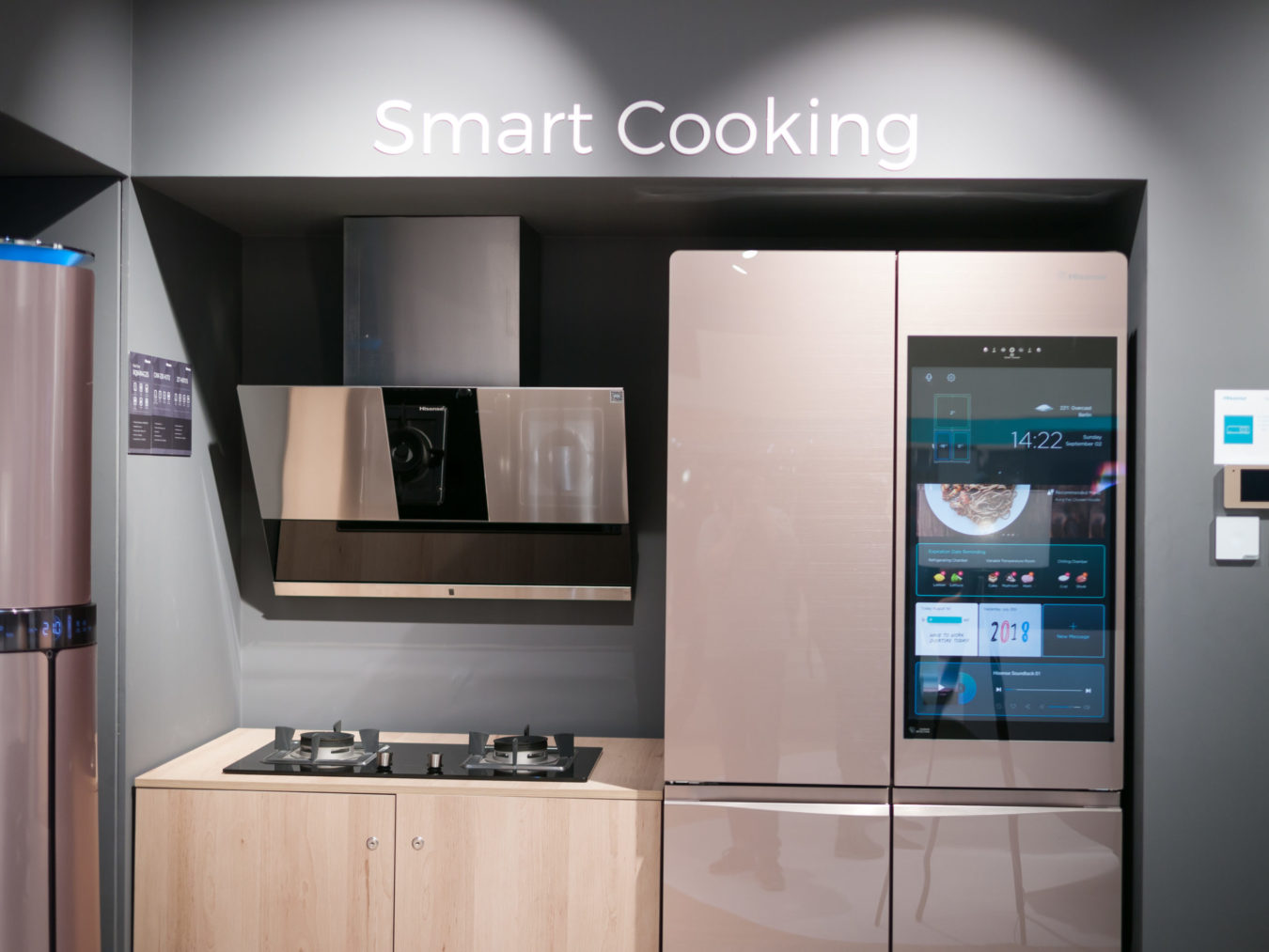Over the past several years, major home appliance manufacturers have invested heavily to simplify the connectivity and convenience of appliances in the kitchen, with a promise that connected appliances will better unite this family gathering place with the rest of the home.
The focus has been on bringing more entertainment, organization, education and notifications to the kitchen. And while these are cool features to have, their introduction still hasn’t quite created a universal “WOW, I need that!” experience, whereby customers are willing to jump in and replace all their current appliances.
One reason is that the connectivity of appliances has been focused primarily on adding features originally intended for the exploding mobile phone category rather than creating new features for appliances themselves. Simply put, smart appliances have not been designed from a smart connectivity, feature–first perspective. Too often it’s been a, “Let’s add Wi-Fi and a notification to an appliance and see what happens” approach.
Additionally, the “WOW” of something new with a must–have benefit has been watered down by the time it takes for technology to enter the appliance space. Customers see new and exciting features in their mobile phones long before they appear in appliances. As tough and unforgiving as the pace of product innovation is, customers are not surprised or excited to see connectivity in their refrigerator once they’ve already experienced it in their phone.
To get ahead of these challenges, major home appliance products will need to reinvent themselves by making connected features the foundation of design and functionality.
Could the precision of 5G and the consistency of robotics be the next big WOW moment to change the kitchen appliance industry? Attending industry trade shows like CES, KBIS and IFA over the past year, it’s easy to find clues that point to “yes.”
For example, at IFA 2019, Samsung introduced the advanced concept of a Future Kitchen. This kitchen was anchored by Samsung’s current Family Hub refrigeration. But the striking part about what Samsung demonstrated was not the benefit of connectivity. It was the benefits of simplicity and time.
Samsung’s Future Kitchen featured a team of three assistant robots, called “Bots,” each focused on a different task. One robot was set to help clean, a second was ready to clear the air, and the third was an honest–to–goodness sous chef, installed in a position to help prepare and even cook meals. All of the robots were talking to the other appliances, and the cook was able to give voice commands for execution.
I can’t tell you how impressive it is to see a robot take a knife out of a drawer and then cut, slice and prepare food alongside a professional cook. But the real WOW benefit that this automated kitchen brings is the feeling of time coming back to us in the form of extra hands.
Imagine a future where you set the cooking schedule and dinner time, and your team of kitchen hands prepares, cooks and cleans up after the meal is over. It might sound like something from The Jetsons, but it’s not that far away.
And Samsung was just one of several manufacturers at IFA 2019 to showcase new appliances that will give you the benefit of time. Haier, Miele, Hisense and others are also leading the charge to reinvent kitchen appliances to create new WOW experiences.
As new technology continues to change the kitchen, the opportunity to demonstrate, install and support these advanced products puts physical in-store retail at the center of the experience. As with all new product categories, it takes time to build the right awareness, skill and support to drive and service considerable demand. Automated kitchens will be a “See It to Believe It” phenomenon and will require substantial retail expertise to sell and service. But retailers who are flexible and take the lead in developing in–store demonstrations to showcase these new and exciting features are primed to excite customers and win in this ever-changing space.
This article was first published in the November 2019 issue of The Retail Observer.




